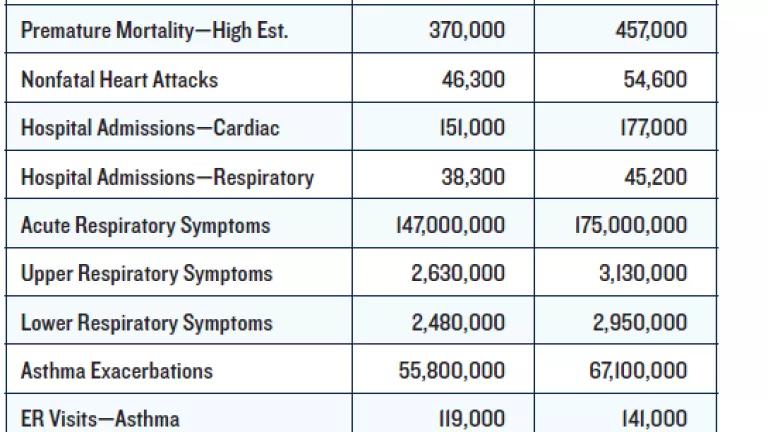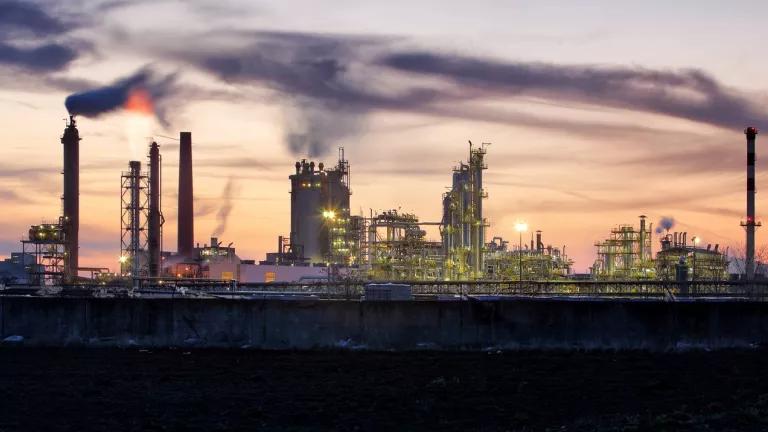Clean Air Act: Tremendous Lifesaver and Economic Engine

Marking the 50th anniversary of the first ever Earth Day, a newly released study finds that air pollution programs implemented under the federal Clean Air Act are saving hundreds of thousands of lives and delivering trillions in economic benefits to human health and welfare each year. The passage of the Clean Air Act in 1970 by Congress—nearly unanimously—remains one of the key and enduring accomplishments resulting from Earth Day.
NRDC commissioned Industrial Economics, Inc (“IEc”), to evaluate the costs and benefits of air pollution rules adopted under the Clean Air Act (CAA). In this first-of-a-kind study, the benefits are broken down across each state and county in the continental U.S. You can see the benefits for the county you live in here. All told, the public health benefits from reduced air pollution—thanks to CAA programs—are tremendous. This year alone, the CAA is projected to help prevent up to 370,000 premature deaths and avoid 189,000 hospital admissions for cardiac and respiratory illnesses, 147 million acute respiratory system attacks (e.g. asthma attacks), and 8.3 million lost school days.
What’s more, those same programs are projected to yield net economic benefits of up to $3.8 trillion in 2020 annually, growing to $5.0 trillion annually by 2030. Those annual benefits are up to 32 times greater than the regulatory costs of complying with CAA programs. In short, the Clean Air Act saves lives, improves public health, and benefits the economy across the nation.

Trump Administration’s Assault on Clean Air Programs Will Harm the U.S.
Sadly, despite this week being designated as Air Quality Awareness Week, the Trump administration continues its vicious assault on clean air programs with rollbacks to emission limits on cars, coal-fired power plants, heavy trucks, refineries, pipelines, and more. Even during the coronavirus pandemic, the administration is granting favors to polluting industries by announcing they will no longer need to monitor certain pollutants. As NRDC’s President, Gina McCarthy, has written, these assaults harm not only public health, but also the public’s ability to survive the coronavirus pandemic. That’s because people already suffering under the heavy weight of air pollution are less able to fend off the impacts from the virus, leading to significantly higher death rates, as described by my colleague and environmental health expert here.
We Need to Protect the Clean Air Act
Clean air allows hundreds of thousands of people to live their lives to their full potential rather than facing early mortality from breathing polluted air. It means a better quality of life for millions of Americans and fewer health problems among some of the most vulnerable and affected populations—often communities of color, the elderly, and children.
Local, state, and congressional leaders must work together to not only protect Clean Air Act programs from Trump’s assaults, but to strengthen those very programs going forward. The enormous benefits to the counties and districts they represent are clearer than ever with the release of this new report.





